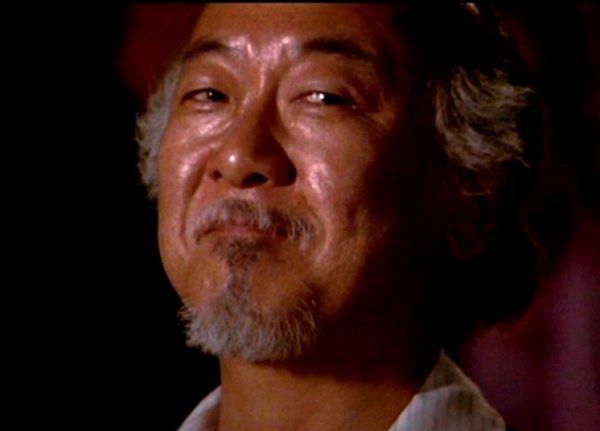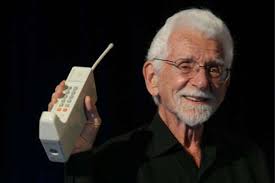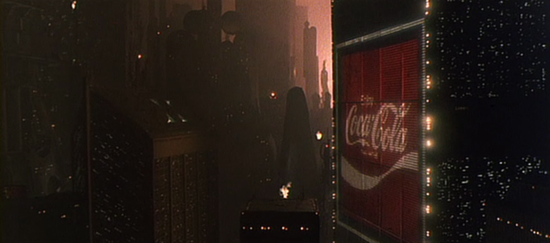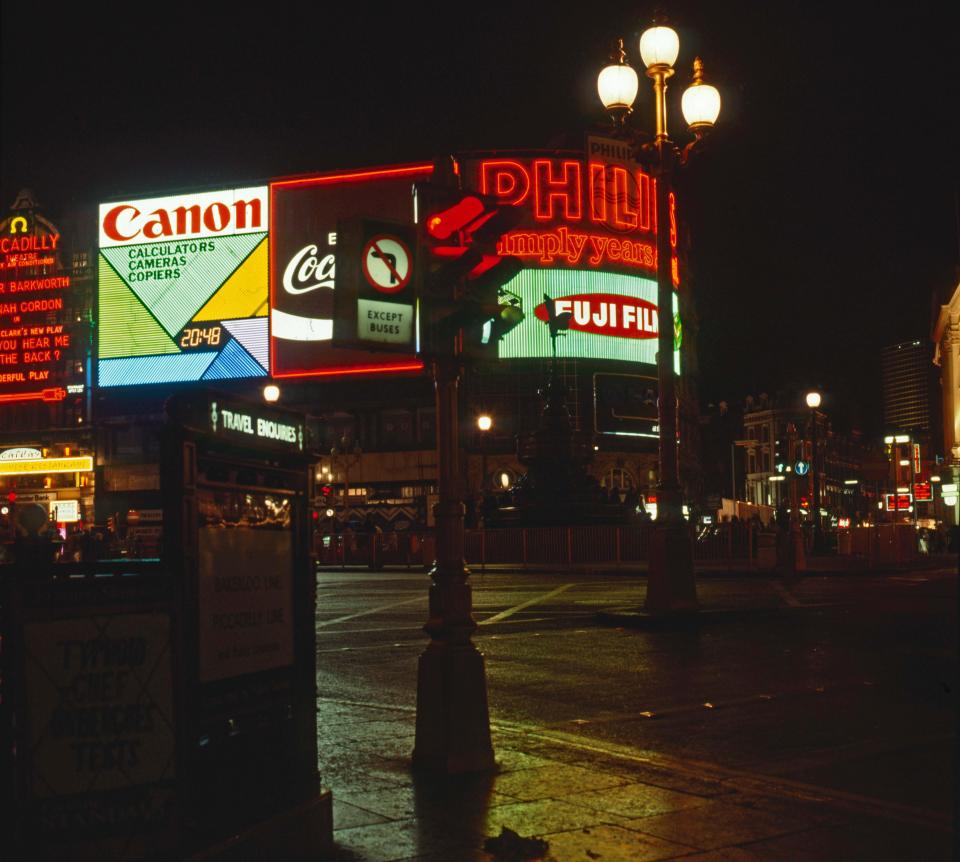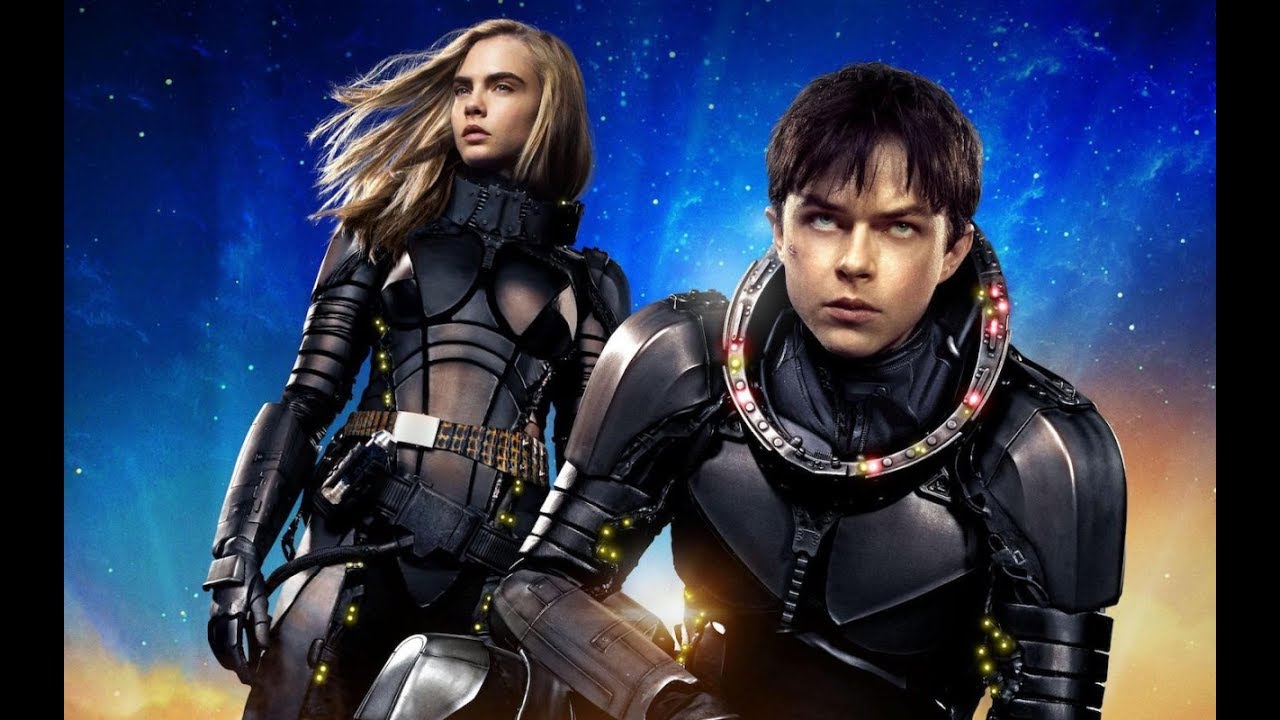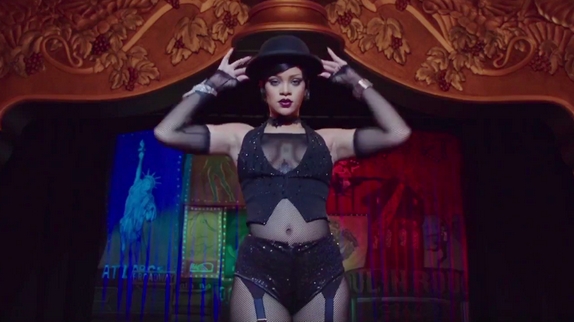[ SPOILERS: This blog contains spoilers but the film has been out for over 30 years, so if you wan to watch if first- a BluRay version of Subway has been uploaded to YouTube by some kind person. The entire film is now available online here ]
I don’t know if it has anything to do with the endless confinement of lockdown but the French film Subway popped into my head recently. An early film of Leon/Fifth Element Director Jean Luc Besson from way back in 1985, it also stars a young Christopher Lambert (dressed like Sting) and Jean Reno (playing drums).
Set rather eponymously in the subways of Paris – Le Metro, the story follows a suave dressed thief fleeing authorities and encountering young territorial French musicians who hang about doing the usual activities associated with outlaws and rebels, running, hiding, fighting, loving and getting a band together.
The reason I write this blog is because when watching it again, I suddenly realised it would’ve been out about the same time as Crocodile Dundee. There are few similarities in the films other than sharing subway scenes set in major metropolitan cities in different parts of the world.
Subway was the third most popular film in France in the year 1985 bringing in 2,920,588 cinema goers, popular in one cultural climate but it reportedly only grossed $390,659 dollars in the American box office.
Within roughly the same year Crocodile Dundee became the second highest most popular film of 1986 grossing $174 million in the American Box office.
Both New York and Paris had issues with street gangs in the 1980s and both films acknowledge this but in very different ways. In Subway Christopher Lambert’s character Fred is a thief on the run, immersed in social circles with other thieves, gang members and EVEN musicians. His story is told in an open and honest way. Even though he is a kind hearted and conscientious thief that values life over using violence to obtain material reward (ironically).-The climax of the narrative includes an atypical karmic consequence – a repercussion of crime to suit a pro-institutional authoritarian agenda. i.e. live by the ‘sword- die by the sword’. Or even more simply ‘ Crime never pays’.
Pictures of street gangs from both New York and Paris in the 1980s-90s below – Can you guess in which city each picture is taken?
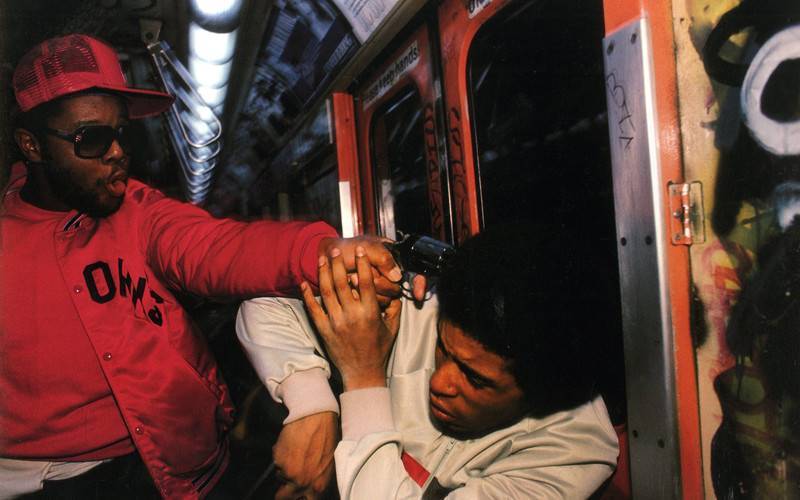





Crocodile Dundee acknowledged the ‘reality’ of New York Street Crime but only in a way that could showcase the main character ‘Crocodile Mick Dundee’ as the alpha male ‘Hero’ in this tale: The king of the ‘Concrete jungle’ in this ongoing metaphor. This probably seemed clever amongst the within the context of such a simplistic formula on display. This was probably encouraged by the studio intended to draw in a broad audience for a higher chance of vast commercial success. Many of these scenes have become iconic as illustrated in this very well known and endlessly parodied scene:
[Street gangs made a reappearance in a scene below from the sequel of Crocodile Dundee where Mick earned their respect by pulling another aggressive violent alpha male strategy. The second film didn’t dare stray too far from the original formula. A blockbuster film is more a sequence of previous cinema industry successes, rather than concerned with any artistic merit/truth.]
Crocodile Dundee is made for American audiences that examines American ‘New Yorker’ culture from a distanced or outside Australian perspective.
Subway on the other hand was a French made film, presumably made for French audiences (The versions for American cinemas was dubbed or subtitled from French to English ). The narrative was more complex and broke away from a tediously binary good vs evil narrative at times. It found time to focus on the various relationship between members of ‘fringe’ community ( who were perhaps marginalised by French society at the time). The authoritarian figures were not heroic but rather often part of the comic relief. Two of the Police were even mimicked, referred to as Batman and Robin.
The reception of both films roughly equate to the same popularity in the countries of their projected audiences. Yet, Crocodile Dundee is unarguably the most recognised and known. Crocodile Dundee has proven to be culturally transferable to wider audiences but Subway has not. If not , why not?
It is not even a case of movie star pulling power because Paul Hogan was relatively unknown before the film and Christopher Lambert went onto star in the Box office success ‘Highlander’ alongside Sean Connery released within the same year. I am sure Lambert’s new found stardom would’ve given Subway a substantial promotional boost by mere back catalogue association . Yet to this day it remains relatively obscure in American cinema.
It could be that the language barrier was to blame but I suspect it is something far deeper. Lambert, Reno and Besson have gone onto make many English speaking Hollywood Blockbusters and work for the same industry and genre of happy endings since the 1930s that perpetuate storylines with preferences of myth over ( and killing of) reality.
i.e. The long standing tradition of going to the movies for escapism.
The comparison may be unfair with the studio behind Crocodile Dundee perhaps aiming to be more family friendly and accessible to mainstream cinema. However, three years later in 1988, even such a gritty drama of drug abuse and self excess/destruction like ‘ Bright Lights, Big City’: can be recognised by American audiences. This film was a modern day parable of drugs and excess and also set almost entirely on New York’s Manhatten island at the height of 1980s Yuppie fever. Yet, the film’s story remained critical of big city consumerism, easily produced for American cinema audiences received vastly greater Box Office yield of over 5 million dollars in its opening weekend, reaching over $16 million. Admittedly this had the star pulling power of Michael. J. Fox riding the Back To The Future trilogy but it wasn’t exactly pulling any punches in real life drama like Crocodile Dundee.
No. I feel Subway is something different and there is a clue: One of the songs featured in the film soundtrack below called ‘It’s Only Mystery ‘features some tantalising lyrics. One such interestingly line :
“How can we keep on watching that Fucking TV? so bored, we don’t even care what we see… takes our strength away.. and never shows us the way … ”
Both films are a work of fiction, that is true, However, all works of fictions are a created as a product influenced by the social context of the times behind them from the creators perspective and how they see the world around them. Both films did well within their natives cultures. SO what DOES each film say about their respective cultures?
I am NOT saying that either film is the total sum of either country’s entire cultural landscape or cinematic spectrum at all.
What I am saying is after watching the end of Subway, can you ever imagine seeing the main character die at the height of potential happiness, set in a subway with a band playing behind him … in a Crocodile Dundee film? Most of the subway scenes diced with mortal danger only to emphasis Mick’s triumphant heroism. Some kind of larger than life jungle superman that seemed almost immortal compared to the other superficial, 2-dimensional characters in the film. The ending scene where he treads over huddled New Yorkers to ‘get the girl’ -Sue and win her over the other competing love interest (a rich New York businessman and her boss) is meant to illustrate some form of moral ‘victory’ for everyone. Where the audience roots for the hero and all the other characters are 2d dimensional and expendable. We never hear their story? It is just all about this Australian Ubermensch fulfilling his own happiness by literally standing on the shoulders of New Yorkers, crammed into one of the most overpopulated and gentrified cities in the world. ( Or is he meant to be keeping them down from realising how important their own happiness is?) The story only ever focusses on the hero’s individual journey and is never meant to be more complicated than following Mick’s journey, a hilarious collage of good natured cultural misunderstandings.
We won’t see any gritty or depressing plot developments because the film is set in a genre of cinema that is only ever meant to reach a suitable climax that makes the audience warm and fuzzy. It is what is expected within contemporary western cinema. A happy ending, even when the consequences of Micks ‘out of town morality’ causes a dangerous New York pimp to pursue a vendetta and eventually get the best of him. Mick is rescued by his driver Gus (played Winslow) is in another glazed over plot escape from the reality of dangerous street crime.
Instead, the plot is welded up tight with a comedy interchange based on yet more superficial cultural misunderstandings. Escapism. To shut out the harsh grim reality of negatives experiences, like say, murder or death. Many are entitled to this luxury and have their reasons. Some deserve to come to the cinema and shut out their lives for a bit, perhaps more than others but on mass, what kind of social attitude does that encourage?
It wasn’t even enough to let Mick Dundee die in the second film, he HAD to be alive for the story to reach that proven established climax of a happy ending that audiences have grown ( or been groomed) to expect. A necessity to please the cinema industry that might argue is pleasing the market. Is this what real life is now?
My intention is not to knock the subtle cultural nuances of Crocodile Dundee for even one moment, (Mick had his own story to tell) but there has long been an acknowledged polemic gap in cultural attitudes between France and the USA, maybe even opposing attitudes to life in general. However the idea that the main hero of the story must always win, without repercussion or sacrifice, as in the example of Crocodile Dundee seems to align with one of the fundamental themes of Americans culture: comfort. The comfort of a happy ending.
The comfort of escapism, rather than reflecting on the true nature of mortality where in Subway, Christopher Lambert’s character Fred paid the ultimate sacrifice and unarguably the ultimate discomfort – he dies.
However films like Subway continue to contribute to a genuinely bigger picture, one of a more thought provoking and artistically prioritised, French cinema industry perhaps. The ending of Subway was reportedly a testament to legendary French film Directors Jean Luc Goddard imitating the ending of his 1960 film; Breathless where the climax of the films leaves the audience as spectator, left hanging, never really sure where they stand.
.
French philosopher Jean Baudrillard wrote how cinema can help highlight ‘the insignificance of the world through the image’ (Coulter [2010 ] P.7). It could assist in making the real world vunerable and thus actually real. In Crocodile Dundee, a larger than life character evades the significance of the world by ‘beating reality’ – a rehash of a superhuman character that everyone can live out their fantasy through. Perhaps even projecting their own narrative in an almost Narcissistic perspective. Making the vast biopic landscapes of nature where these narratives are set, such as the Australian outback or New York City seem insignificant, ignoring the overwhelming but fragile metaphors of mortality on display. Dundee evades the responsibilities that Fred faced in Subway. Baudrillard said that American film “simply illustrates American life”(Coulter [2010] P.8). He also found American culture and lifestyles in general “like being in a film” (P.8). So is it an indicator of why American cinema in general opts for less thought provoking and reflective content in favour of pure escapism?
i.e. the murder of the real by the unreal.
At the very least, seeing how happy Jean Reno looks playing drums at the end seems to make it all worthwhile
– Look at his little smile.
Academic Sources:
Coulter, Gerry [2010] Jean Baudrillard and Cinema, from ‘Film Philosophy ‘[Online]
Available at https://www.euppublishing.com/doi/pdfplus/10.3366/film.2010.0041
(Rozin. Paul, .Remick, Abigail.K. . Fischler, Claude, [2011] ‘Broad themes of difference between French and American…’
Available at https://www.frontiersin.org/articles/10.3389/fpsyg.2011.00177/full
Various articles on street gangs
Paris:
https://www.theguardian.com/artanddesign/2018/feb/03/philippe-chancel-gangs-paris-80s-interview-another-kind-life-photography-margins-exhibition-barbican
https://www.vice.com/en/article/gq84aw/gilles-elie-cohen-del-vikings-photography-paris-876
NYC:
https://www.dazeddigital.com/fashion/article/25180/1/gangs-of-new-york-style-tribes-of-the-80s
ttps://allthatsinteresting.com/new-york-subways-1980s
https://www.huckmag.com/art-and-culture/style/best-dressed-gang-1980s-new-york/

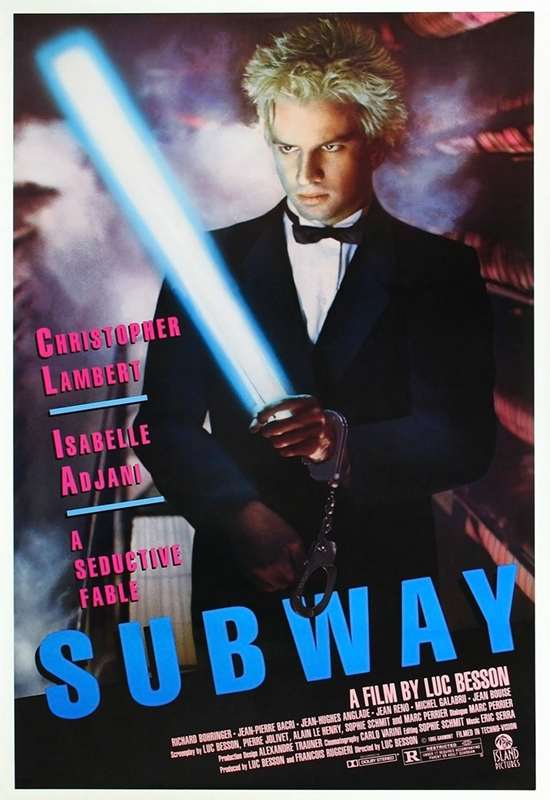




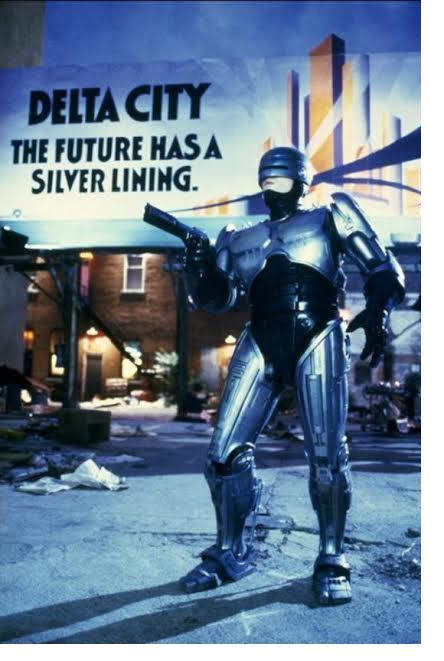


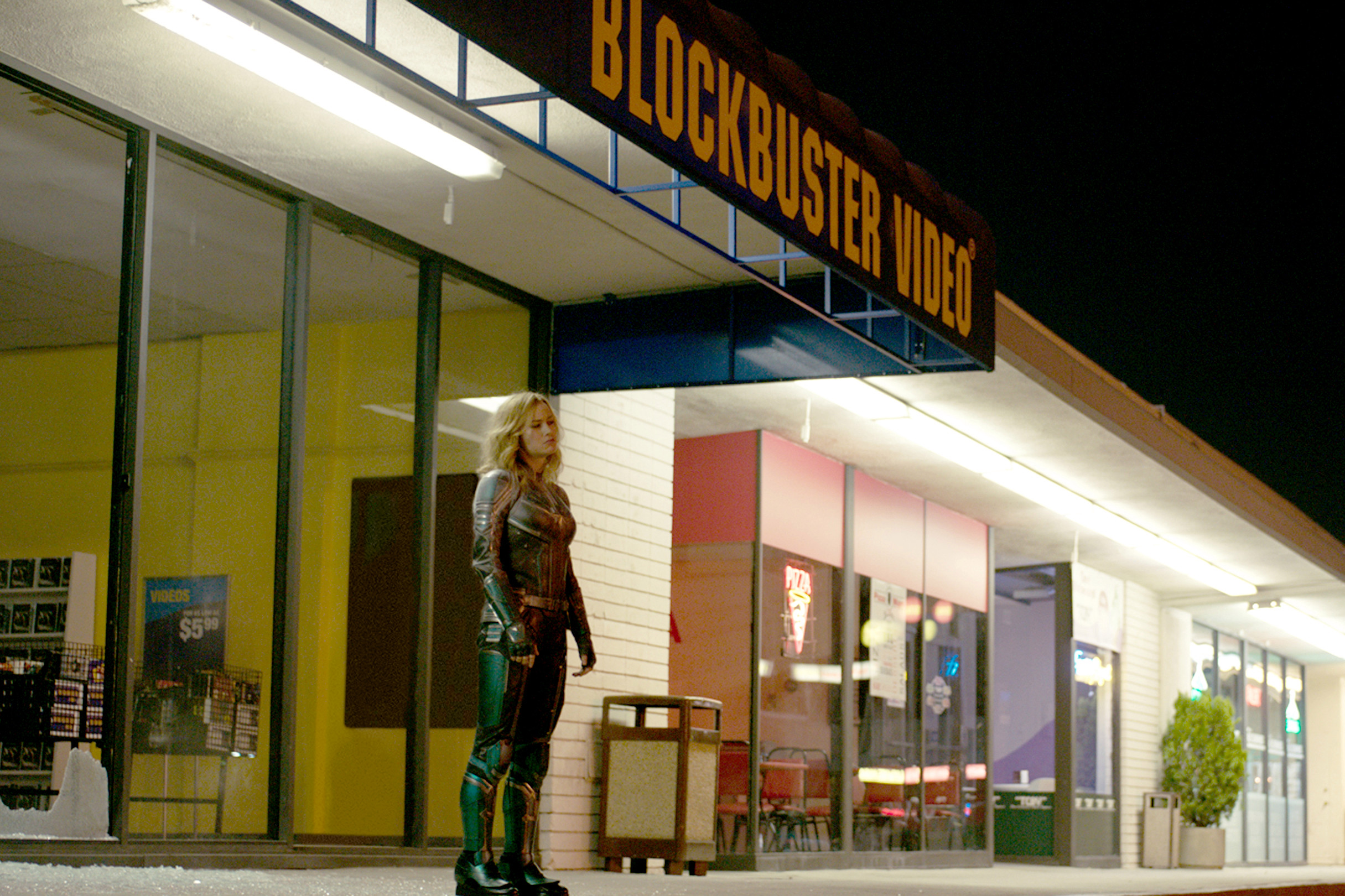 This is likely because western consumer culture has changed very little in the last few decades with relatively little cultural evolution. Only the progression of brands and trends. The only technological sophistication in the film was the presence of dial-up internet as a joke, to signpost the pre-wifi broadband age of the internet.
This is likely because western consumer culture has changed very little in the last few decades with relatively little cultural evolution. Only the progression of brands and trends. The only technological sophistication in the film was the presence of dial-up internet as a joke, to signpost the pre-wifi broadband age of the internet.
